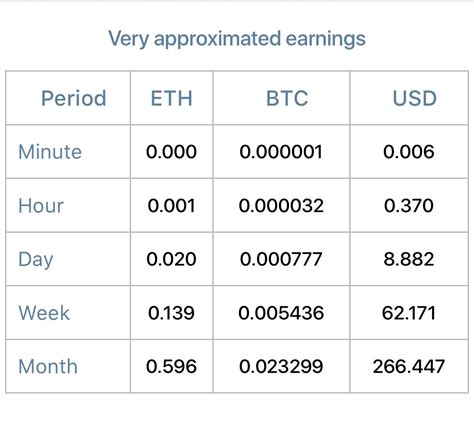Ethereum: Is Primecoin Mining Competitive?
Ethereum: Is Primecoin Mining Competitive?
The cryptocurrency landscape is constantly evolving, with new altcoins emerging and existing ones gaining ground. One such coin that has been gaining popularity recently is Primecoin (PM). As the mining difficulty increases, some may wonder if it is becoming harder to mine, but what does this mean for the overall usability of Primecoin? Let’s dive into the details.
What is Primecoin?
Primecoin is a cryptocurrency designed by Andrew Schulman and Nick Van den Heuvel, with an initial coin offering (ICO) in 2017. It uses a unique proof-of-stake consensus algorithm, which allows for faster transaction times and lower energy consumption compared to traditional proof-of-work (PoW) algorithms like Ethereum.
Primecoin Mining
Mining Primecoin involves validating transactions on the network and solving complex mathematical equations to validate those transactions and add them to the blockchain. The difficulty of this task is determined by a combination of factors, including the number of mining rigs available, the difficulty level set by the developers, and the hash rate of each miner.
Is Primecoin Mining Competitive?
As more miners join the Primecoin network, the overall mining difficulty may increase, making it more difficult for new miners to compete. However, there are a few factors that mitigate this effect:
- Hash Rate Increase

: As more users start mining PM, their individual hash rates will contribute to an overall increase in mining power. This will help reduce the difficulty level over time.
- Difficulty Cap: The maximum possible difficulty level on Primecoin is capped at 200,000 per block. This means that even if a significant number of miners join, they cannot exceed this limit, which helps maintain a relatively stable difficulty level.
- Hash Rate Distribution: Despite the increase in difficulty level, the overall hash rate distribution on Primecoin remains relatively even. This means that new miners can still contribute to the network without significantly affecting the chances of an individual miner.
Real-world example
Let’s consider an example where 10 miners join the network, each with a significant amount of equipment (e.g. GPUs or ASICs). The total hash rate of these miners would be substantial. However, as more miners join the network, their combined hash rates will increase and the difficulty level will decrease.
In this scenario, the 200,000 per block difficulty cap is likely to remain relatively stable, even if a small number of new miners join the network.
Conclusion
While it is true that increased mining activity can affect the overall difficulty of Primecoin, the cryptocurrency’s unique consensus algorithm and hash rate distribution help mitigate this effect. As more users begin mining PM, the difficulty cap is likely to remain relatively stable, allowing for continued growth in usage without becoming too difficult.
For those considering investing in or participating in the Primecoin network, it is essential to keep an eye on market trends and adjust their strategies accordingly. With careful planning and execution, anyone can benefit from mining Primecoin, even as the difficulty level increases.




